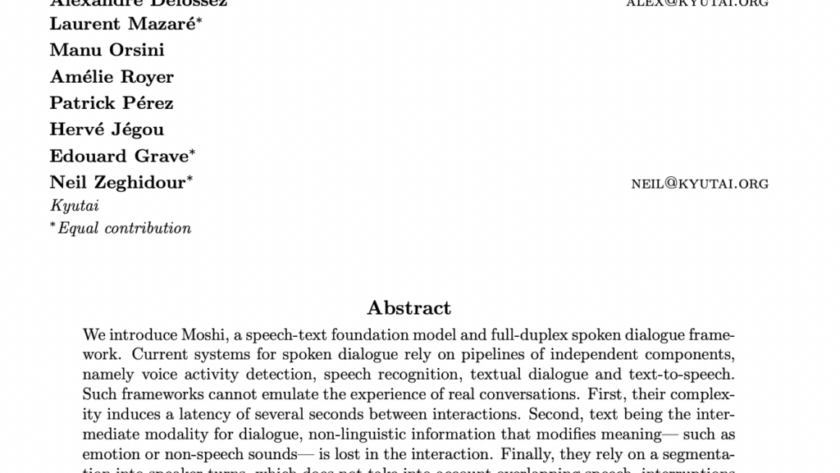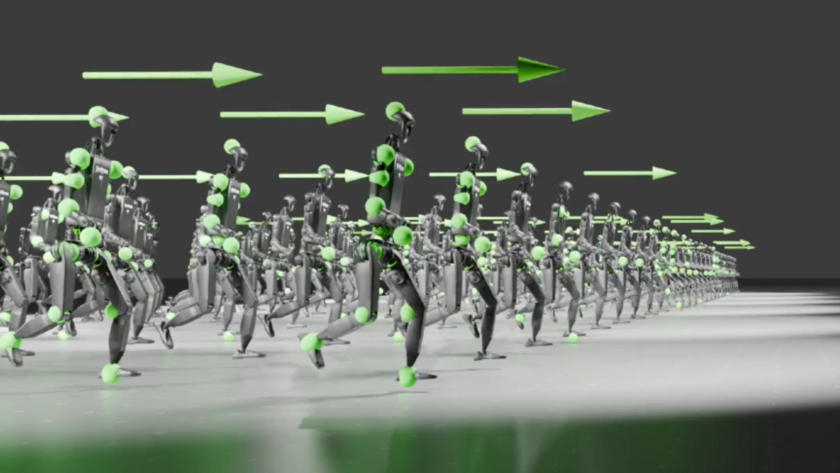Recently, Sesame AI published a demo of their latest Speech-to-Speech model. A conversational AI agent who is really good at speaking, they provide relevant answers, they speak with expressions, and honestly, they are just very fun and interactive to play with.
Note that a technical paper is not out yet, but they do have a…











